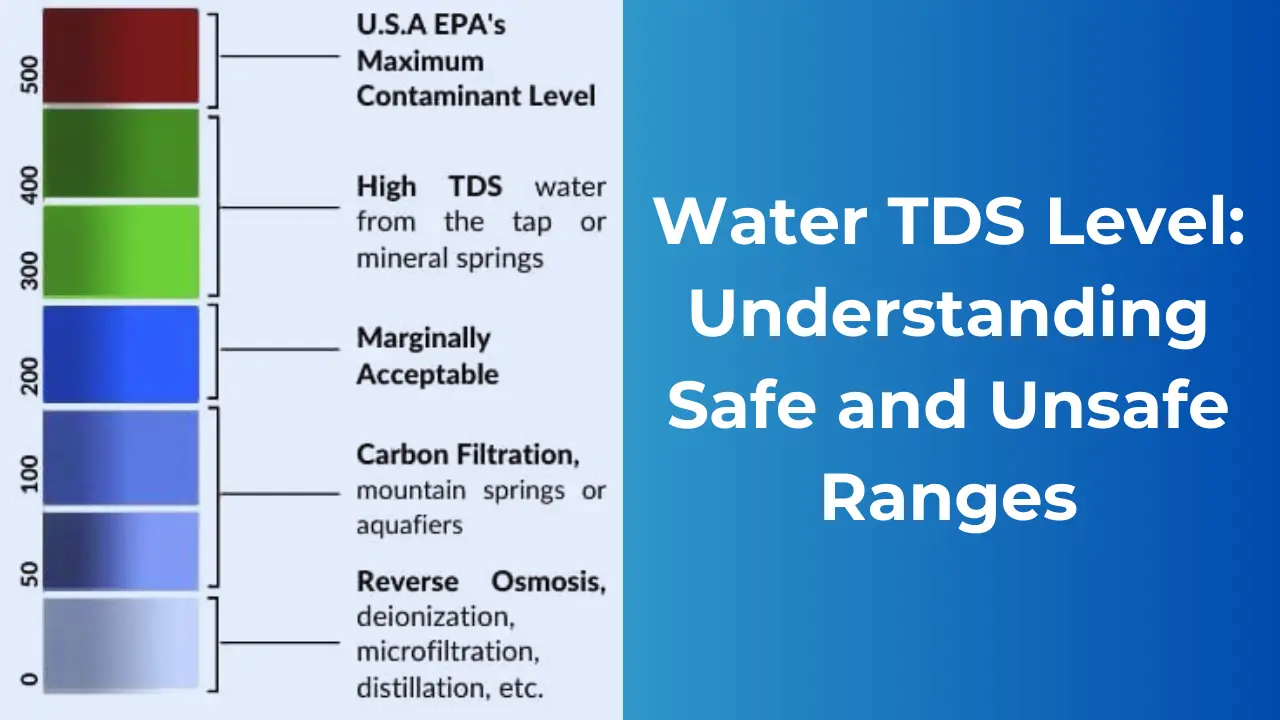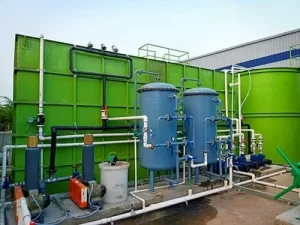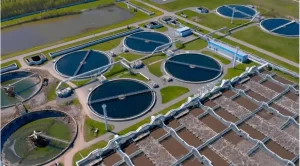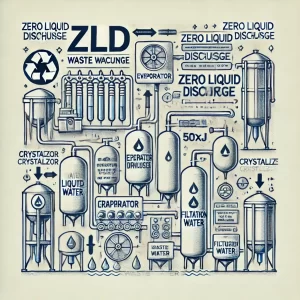Water quality is an essential part of human health, and one of the key indicators of water purity is Total Dissolved Solids (TDS). TDS refers to the total amount of dissolved substances in water, including minerals, salts, metals, and organic matter. The TDS level in drinking water determines whether it is safe or unsafe for consumption.
In this blog, we will discuss in detail what TDS is, the safe TDS level for drinking, and ranges of TDS levels to help you understand how to maintain clean and healthy water.
Also Read: What are KLD and MLD in Water and Wastewater Treatment?
What is Water TDS level?
TDS full form is Total Dissolved Solids, which is the measurement of all inorganic and organic substances that are present in the water. These substances can include minerals, salts, metals, and other impurities that can dissolve in water.
Common components of TDS:
- Calcium & Magnesium
- Sodium & Potassium
- Chlorides & Sulfates
- Heavy Metals
- Organic Matter
- Pesticides & Fertilizers
What is the Safe TDS Level For Drinking Water
The safe TDS level for drinking water, recommended by various health authorities, is typically under 500 milligrams per liter (mg/L) or parts per million (ppm). Here are its general guideline:
- Excellent: TDS < 300 ppm
- Good: 300–600 ppm
- Fair: 600–900 ppm
- Poor: 900–1200 ppm
- Unacceptable: > 1200 ppm
The World Health Organization (WHO) suggests a maximum limit of 1000 mg/L for palatability reasons, though most health guidelines suggest 500 mg/L as the upper limit for safety. TDS includes inorganic salts and small amounts of organic matter dissolved in water, and while TDS itself isn’t harmful, higher levels might indicate the presence of harmful substances.
How is TDS Measured?
TDS levels are measured in milligrams per liter (mg/L) or parts per million (ppm). The measurement provides an estimate of the total concentration of dissolved substances in the water.
Safe and Unsafe Ranges of TDS in Drinking Water
The Bureau of Indian Standards (BIS) and the World Health Organization (WHO) provide guidelines for TDS levels in drinking water.
Water TDS Level Chart
| TDS Level (ppm) | Water Quality | Description |
|---|
| Less than 50 ppm | Very Low TDS | Can lack essential minerals and may taste flat. Often seen in highly purified water. |
| 50 – 150 ppm | Excellent | Ideal for drinking. Contains necessary minerals for good health. |
| 150 – 300 ppm | Good | Generally considered good for drinking, maintains balance of minerals. |
| 300 – 500 ppm | Fair | Acceptable for drinking. May start to have a slight taste due to higher minerals. |
| 500 – 900 ppm | Poor | Water quality begins to degrade, noticeable taste, may not be suitable for long-term consumption. |
| 900 – 1200 ppm | Very Poor | Not recommended for drinking; can lead to health issues over time. |
| Above 1200 ppm | Unacceptable/Unsafe | Dangerous for consumption. Potentially harmful to health due to high contamination. |
Why is a High TDS Level Harmful?
It may contain harmful substances like heavy metals, nitrates, and industrial pollutants, which can cause kidney problems, digestive issues, and cardiovascular diseases.
How to Reduce High TDS Levels in Water?
When the TDS level in your water is too high, you can use water purification methods to safe level. Some common methods are:
1. Reverse Osmosis (RO) Filtration
- Removes dissolved salts, metals, and contaminants.
- Ideal for areas with high TDS levels (>500 mg/L).
2. Distillation
- Boiling water and collecting the condensed vapor removes almost all dissolved solids.
- Removes contaminants but may also remove essential minerals.
3. Deionization
- Uses ion-exchange resins to remove dissolved salts and minerals.
- Works best for industrial and laboratory applications.
4. Activated Carbon Filters
- Reduces chlorine, organic compounds, and some dissolved solids.
- Best for improving taste and odor but not effective for high TDS removal
How much TDS Level is Good for Drinking Water
you may need to remineralize it using:
- Mineral Cartridges in water purifiers.
- Adding Himalayan or rock salt (contains natural minerals).
- Drinking natural spring water, which has balanced minerals.
TDS Levels in Different Types of Water
| Water Type | Typical TDS Level (mg/L) |
| Rainwater | 10-50 |
| River Water | 100-300 |
| Groundwater | 200-1000 |
| Seawater | 30,000-40,000 |
| RO Purified Water | 10-100 |
| Tap Water (Municipal Supply) | 200-600 |
How to Reduce Water TDS level at Home
- Turn on the TDS meter.
- Insert it into a glass of water.
- Wait for the reading to stabilize.
- Compare the result with safe ranges.
Best TDS level for drinking water according to R&J waste water treatment Organization
R&J Waste Water Treatment Organization specialize in water purification and wastewater treatment solutions. We offering innovative solutions to monitor and optimize water TDS levels for residential, commercial, and industrial applications.
A well-designed water treatment plant can remove dissolved solids from water by employing a combination of filtration methods, and other advanced purification technologies. R&J wastewater treatment Organization is a leader in the field of water treatment, providing high-quality water treatment plant solutions that effectively reduce TDS levels and ensure safe, clean water for all purposes.
Conclusion
Understanding TDS levels in water is crucial for maintaining good health. While a moderate TDS level (50-300 mg/L) is ideal, excessively high or low levels can lead to health risks. Regular testing and using the right filtration method can help maintain safe and clean drinking water. If you suspect your water has unsafe TDS levels, consider investing in an RO purifier or mineral cartridge to ensure you get the best water quality.
By regularly monitoring and adjusting the TDS levels in your Water Treatment Plant, you can ensure a safer and healthier drinking water experience. With the expertise of R&J Waste Water Treatment Organization, you can rely on advanced water treatment solutions to maintain the optimal TDS range and enhance water quality. Contact us today to learn more about our water purification systems and services.




